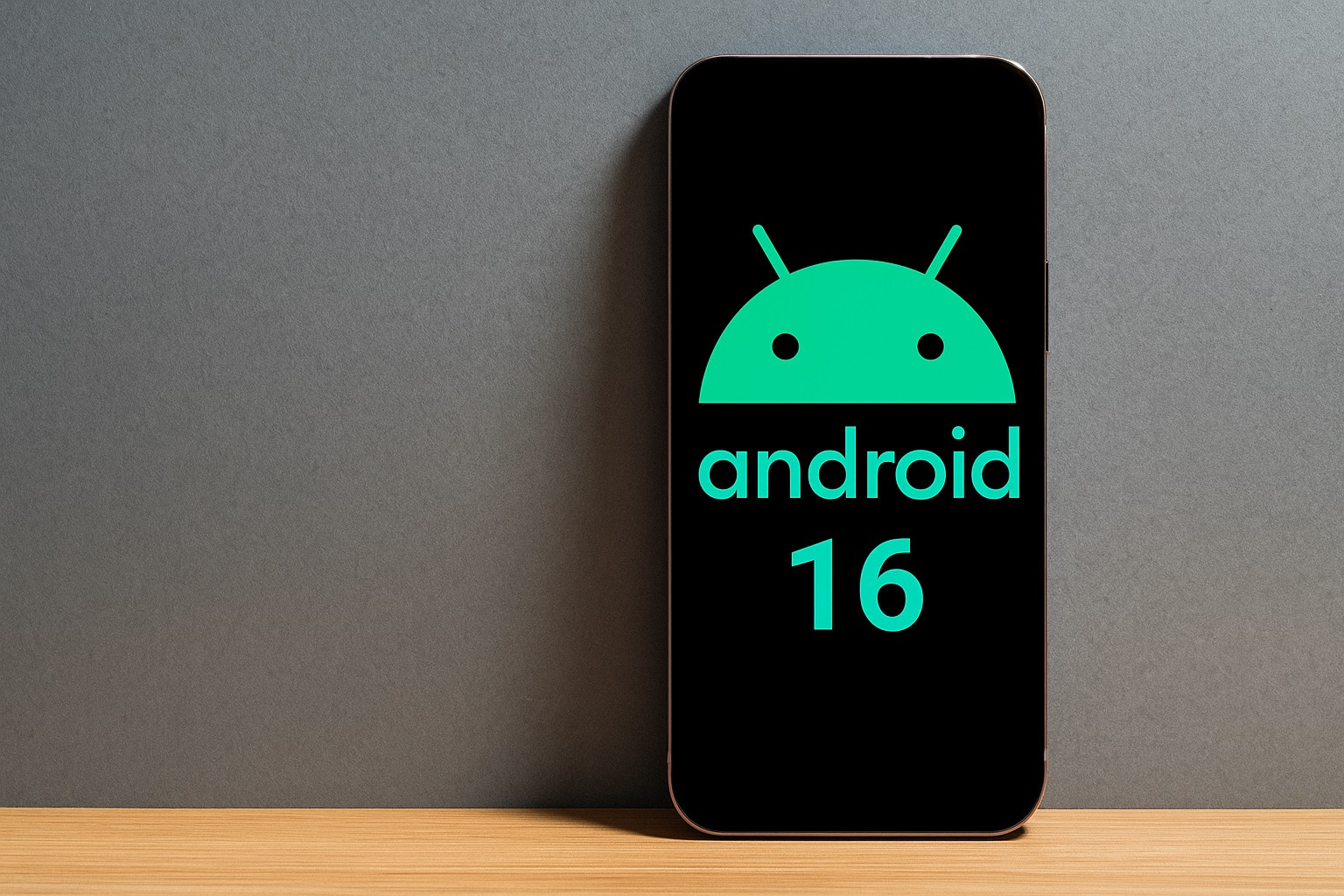- Google je objavio izvorni kod za Android 16 QPR1 na Android Open Source Project pod granom
android16-qpr1-release. [1] - Objava stiže otprilike dva meseca nakon što je QPR1 počeo da se isporučuje na Pixel uređaje, što je neuobičajeno dug period čekanja koji je frustrirao ROM projekte. [2]
- Kod potvrđuje glavne QPR1 novitete kao što su Material 3 Expressive i kontinuirani rad na Desktop Mode—koji je sada u potpunosti dostupan za pregled programerima. [3]
- Vreme objave se poklapa sa novembarskim Pixel Feature Drop-om za 2025. godinu, što može objasniti period zadržavanja. [4]
Šta se danas dogodilo
Google je objavio kompletan izvorni kod za Android 16 QPR1 na AOSP. Možete videti zvaničnu izmenu manifesta—“Update default revision to android16-qpr1-release”—u platform/manifest repozitorijumu, a ažurirani default.xml sada pokazuje na tu granu za android-latest-release. [5]
Objava se poklapa sa više izveštaja iz Android medija i zajednice programera koji navode da je QPR1 kod konačno javan nakon višenedeljnog zastoja. [6]
Zašto je ova objava važna
Transparentnost i poređenje razlika: Sa objavljenim izvorima, timovi mogu da upoređuju frameworks/base, SystemUI, WindowManager i Shell kako bi videli svaku promenu u ponašanju od Android 16 GA i QPR1 izdanja. Ovo je ključno za rešavanje regresija, sortiranje problema sa kompatibilnošću aplikacija i validaciju OEM integracija. [7]
Custom ROM-ovi: Glavni projekti kao što je LineageOS su namerno odlagali QPR1 izdanja jer nisu bili dostupni svi komponenti. Današnja objava omogućava rebaziranje i trebalo bi da ubrza test izdanja za popularne uređaje. [8]
Provera funkcionalnosti: Izvor potvrđuje vizuelno unapređenje u okviru Material 3 Expressive i tekuće radove na Desktop Mode koji su se pojavljivali kroz QPR1 bete—sada potpuno proverljivo. [9]
Kašnjenje—šta se promenilo ovog ciklusa?
Istorijski gledano, Google je objavljivao nove Android grane na AOSP nekoliko dana nakon stabilnog izdanja. Sa Android 16 QPR1, kod je stigao oko dva meseca nakon što su Pixel uređaji dobili ažuriranje—što je izuzetak koji je ostavio održavaoce da čekaju. [10]
Novembarski 2025 Pixel Feature Drop je stigao juče sa novim funkcijama uz pomoć veštačke inteligencije; QPR1 izvor se pojavio odmah nakon toga. Taj redosled je podstakao pretpostavke da je Google želeo da izbegne otkrivanje tragova o neobjavljenim Feature Drop funkcijama u javnim repozitorijumima. Google zvanično nije dao tehničko objašnjenje, ali tajming se poklapa. [11]
Šta se zapravo nalazi u Android 16 QPR1
- Material 3 Expressive UI: Šire vizuelno osveženje koje obuhvata Quick Settings, notifikacije i elemente zaključanog ekrana, sada pregledno do nivoa resursa i zastavica. [12]
- Napredak Desktop Mode: Robusnija osnova za rad sa više prozora/displeja koju OEM-ovi i ROM-ovi mogu da prouče u WindowManager/Shell radi unapređenja ponašanja slobodnih prozora i taskbara. [13]
- Poliranje ekosistema: Niz poboljšanja „ispod haube“ tipičnih za QPR-ove koja ne podižu javne SDK nivoe, ali ipak utiču na servise, SELinux politiku, Soong pravila i APEX verzije—sada moguće pratiti po svakom commitu. [14]
Kako sinhronizovati Android 16 QPR1 sa AOSP
Google sada preporučuje praćenje android-latest-release, koji je postavljen na najnoviju release granu—danas je to android16-qpr1-release. [15]
References
1. android.googlesource.com, 2. www.androidauthority.com, 3. www.androidauthority.com, 4. blog.google, 5. android.googlesource.com, 6. www.androidauthority.com, 7. www.androidauthority.com, 8. www.androidcentral.com, 9. www.theverge.com, 10. www.androidauthority.com, 11. blog.google, 12. www.theverge.com, 13. www.androidauthority.com, 14. www.androidauthority.com, 15. source.android.com
